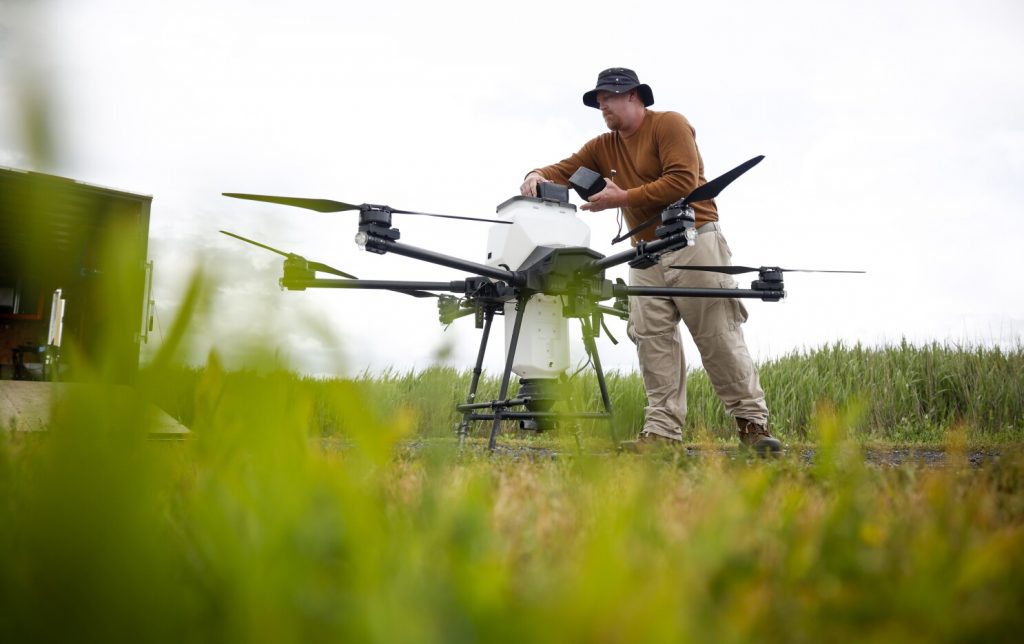California is taking a high-tech approach to combat its mosquito problem, as the Orange County Mosquito and Vector Control District has turned to drones armed with bacteria-filled spore pellets. With the aim of tackling the surging mosquito population and preventing the spread of diseases in Southern California, these innovative drones are revolutionizing mosquito control.
The increase in mosquitoes following heavy rainfall during the winter prompted the district to take drastic measures. Traditional anti-mosquito treatments involve labor-intensive methods such as backpack sprayers, trucks, airplanes, and helicopters. However, the use of drones offers a more precise and less invasive approach.
The drones are capable of targeting mosquito development in marshes, large ponds, and parks, accessing hard-to-reach areas that were previously challenging to treat. Kiet Nguyen, a vector ecologist for the district, emphasized the efficiency and benefits of drone technology in mosquito control.
Not only are the drones faster in covering large areas compared to manual labor, but they also cause minimal disruption to the local wildlife. Studies have shown that birds return to the area soon after the drone passes over, making it better for the environment overall. The treatment itself is harmless to other wildlife, specifically targeting mosquito larvae.
To ensure the safe and regulated use of drones, the Orange County district mandates that drone operators possess necessary licenses from the Federal Aviation Administration and the California Department of Pesticide Regulation. Residential neighborhoods are off-limits for drone flights, as the focus is primarily on marshes and other mosquito breeding grounds.
According to the European Union’s disease prevention agency, climate change has increased the threat of mosquito-borne diseases. The U.S. Centers for Disease Control and Prevention recently reported local incidences of malaria in Florida and Texas, which highlights the need of mosquito control initiatives even more.
The West Nile virus remains a significant concern in California, claiming numerous lives since 2003. The use of drones by the Orange County Mosquito and Vector Control District represents a significant leap forward in mosquito control technology. Although victory in the war against mosquitoes may be challenging, these technological advancements offer hope for safeguarding public health and curbing the mosquito menace.

